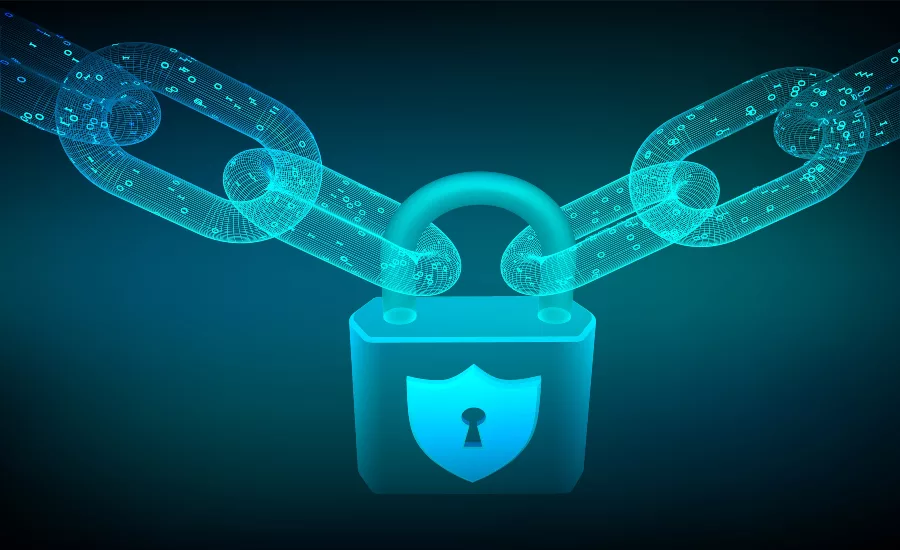Taking a DIY approach to cybersecurity is a dangerous proposition
Working with an MDR provider gives you the talent, tools and full coverage you need

<a href='https://www.freepik.com/vectors/website'>Website vector created by iuriimotov - www.freepik.com</a>
There was a time when corporate IT only worried about computing, networking, and data storage. But today, the list of IT responsibilities includes dozens of categories. At or close to the top is cybersecurity. And for large organizations, cybersecurity is not solely an IT responsibility.
Rising threats and an ever-growing network of clouds and remote users have elevated cybersecurity from a list of tasks to a top business imperative. For many organizations, cybersecurity is a separate department with C-level executives and board of director visibility.
This evolution makes perfect sense considering the importance of IT technology to business.
Connected technology is now at the heart of business. It enables organizations to work more efficiently and effectivity, both inside (for employees and other internal stakeholders) and out (to serve customers). So, enterprises want to make sure their IT environments – and all the data and devices that they touch – are secure and can function without interruption.
The ongoing string of high-profile cyberattacks and reports such as the one from Gartner that forecasts that three-quarters of CEOs will be personally liable for cyber-physical security incidents by 2024, have also made business leaders more keenly aware of cybersecurity.
Enterprises Must Remain Vigilant and Be Ready to Act Quickly
But cybersecurity is not a one-and-done proposition. Deterring cybersecurity threats and remediating incidents is a complex and never-ending responsibility. Malicious state actors, cybercriminals and corporate espionage are just a few sources of cyberattacks. Each one uses dozens of ever-evolving techniques to overcome security safeguards.
Adding to the challenge of securing an organization is the ever-extending network edge,
- The majority of applications are moving out of the data center and into the cloud.
- Remote users require direct access to the internet to remain productive.
- More employees are working outside of the traditional enterprise – especially now, amid the global pandemic – and are difficult to secure.
- Networks are expanding across continents and oceans to better service a global economy.
These new dynamics create new vulnerabilities and fresh opportunities for cybercriminals.
Your Cyber Defense May Rely on MDR
Many organizations are turning to managed detection and response (MDR) to improve their cybersecurity postures. MDR is provided in part or entirely by a service provider.
A professional MDR service encompasses nearly all the processes, technologies and techniques used to deter, detect, contain and remediate cybersecurity threats and attacks. This includes remote users, cloud applications, compute clouds, wide area networks, and remote sites.
Leading MDR providers can replace or augment the traditional security operation center (SOC) with SOC-as-a-Service. Advanced MDR service providers not only instruct customers about how to contain and remediate cyberattacks but, if allowed behind the firewall, can also bring attacks to ground. Customers can be involved in cybersecurity to whatever level they require and desire.
The Alternative Is Running Your Own SOC
You can operate your own SOC and take a do-it-yourself (DIY) approach. But creating, maintaining, and evolving a SOC is one of the most difficult challenges of a DIY strategy.
Having a 24x7x365 SOC is complicated. You need to create a security hardened SOC with all the required tools, monitors, software, systems, network appliances and sensors. Plus, you need to acquire, integrate and manage all the third-party services and licenses. The SOC must have the additional resources required to evaluate and integrate new technologies. It must also continue to evolve to keep pace with the ever-increasing volume and complexity of cyberthreats.
The toughest aspect of developing and maintaining a SOC is hiring and clearing a team of level 3 engineers. These individuals must be cybersecurity experts with enough experience to identify, contain and remediate critical cyberattacks before they severely damage the organization.
But DIY Is Typically Not the Best Approach
Retaining an experienced staff to ensure 24x7x365 coverage is a massive challenge. In many markets, it is nearly impossible to find these experts. And it’s extremely expensive to hire them.
Leveraging a cloud-native MDR service is, in many cases, a more prudent and cost-efficient strategy when compared to developing and operating an in-house, DIY solution.
Leaving cybersecurity to the experts also enables IT to focus on more strategic challenges.
Looking for a reprint of this article?
From high-res PDFs to custom plaques, order your copy today!







